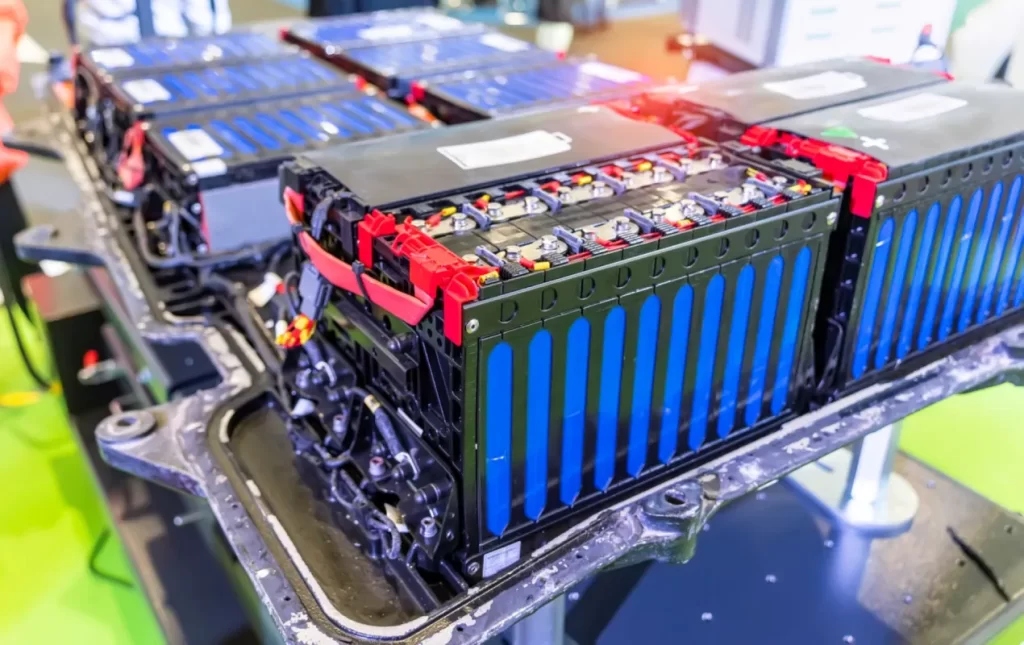
Scientists in China have made a potentially game-changing development in batteries that could make our electronics more efficient and safer, Tech Xplore reported.
Much of our technology is powered by lithium-ion batteries. One of the main drawbacks of our current lithium batteries, though, is their liquid state and risk of fire under certain conditions.
“Lithium-ion batteries and related chemistries use a liquid electrolyte that shuttles charge around … [and] some solvents used in electrolytes can be flammable,” wrote MIT.
This type of battery has caused some controversy due to its safety. While well-engineered lithium-ion batteries are safe from fire unless severely damaged, cheaper “off-market” ones have caused enough fires that some states, like New York, have created safety campaigns and proposed bans.
The breakthrough by researchers in China has created a “quasi-solid-state” battery that “signigicantly” reduced fire risk. Tech Xplore wrote about the research, saying, “The novel formulation blends succinonitrile, a substance with a high dielectric constant and low flammability, with innovative additives like triethyl phosphate (TEP) and fluoroethylene carbonate (FEC).”
These two electrolytes have unique features that dramatically increase safety and efficacy. TEP has flame-retardant properties, while FEC protects the battery, making it more stable and efficient.
Professor Cai-Zhen Zhu, a lead researcher on the project, said: “Our goal was not just to make lithium-ion batteries safer but also more efficient. By developing a non-flammable electrolyte that operates effectively at high voltages, we are paving the way for next-generation batteries.”
Advances in battery safety and efficiency have the potential to greatly increase battery life, making it easier for electric vehicles to travel farther without a charge.
For the average person, battery breakthroughs will help to decrease the prices of many types of technology, from phones to EVs. Finding new ways to manufacture these essential parts brings down the price, and as they get more efficient, keeping them charged becomes cheaper.
All of these advances and cost-saving measures are helping to drive the prices of electric vehicles down, allowing them to become a larger share of the automobile market. As it stands right now, EVs already make up nearly 20% of new cars sold as stated by the International Energy Agency.
All these EVs on the road are helping to reduce planet-warming gas pollution. Yale Climate Connections wrote that in every state in the U.S., regardless of its grid’s energy mix, “driving an EV emits less carbon pollution than a gasoline vehicle.”
This isn’t the only battery breakthrough to make the news in 2024. One company was able to make safer batteries for e-bikes, while another team created a self-extinguishing prototype.
These innovations give us hope that we can bring down prices and get more EVs on the road to help combat heat-trapping carbon pollution and increasing global temperatures.





























